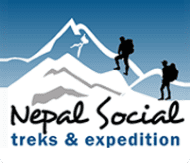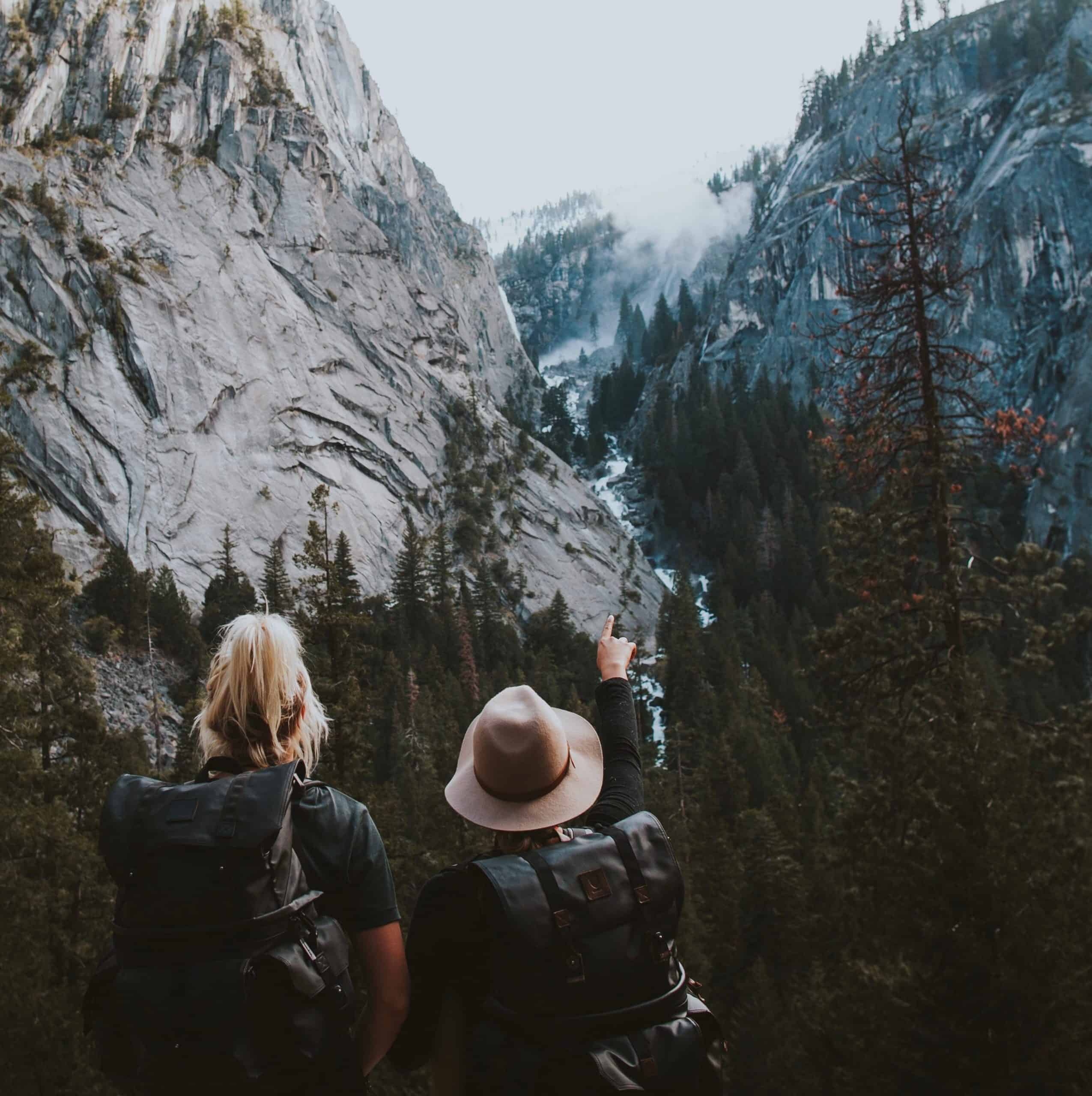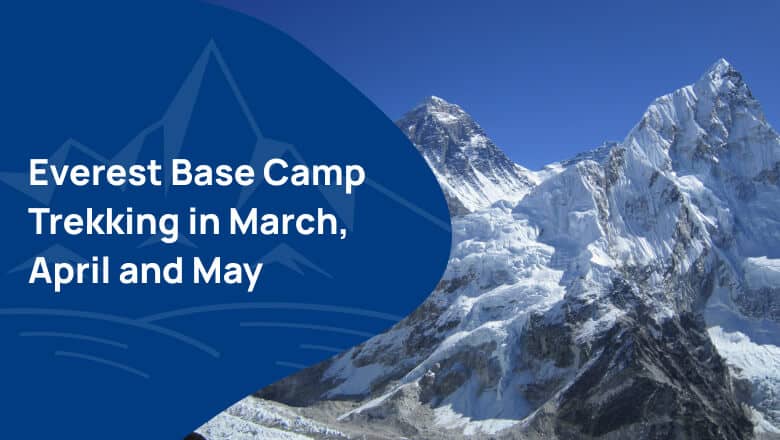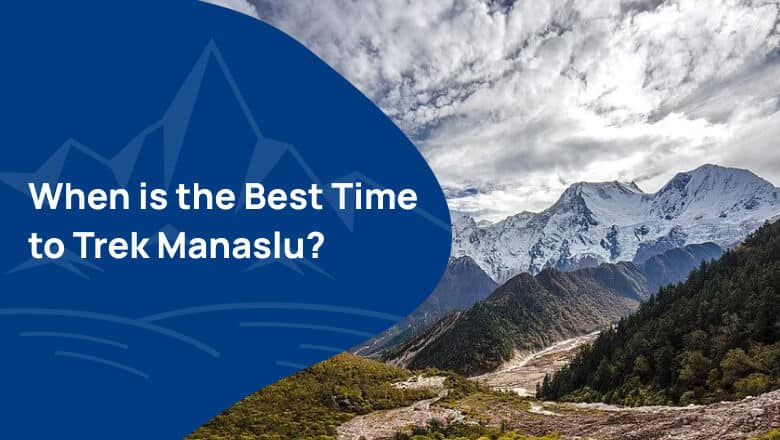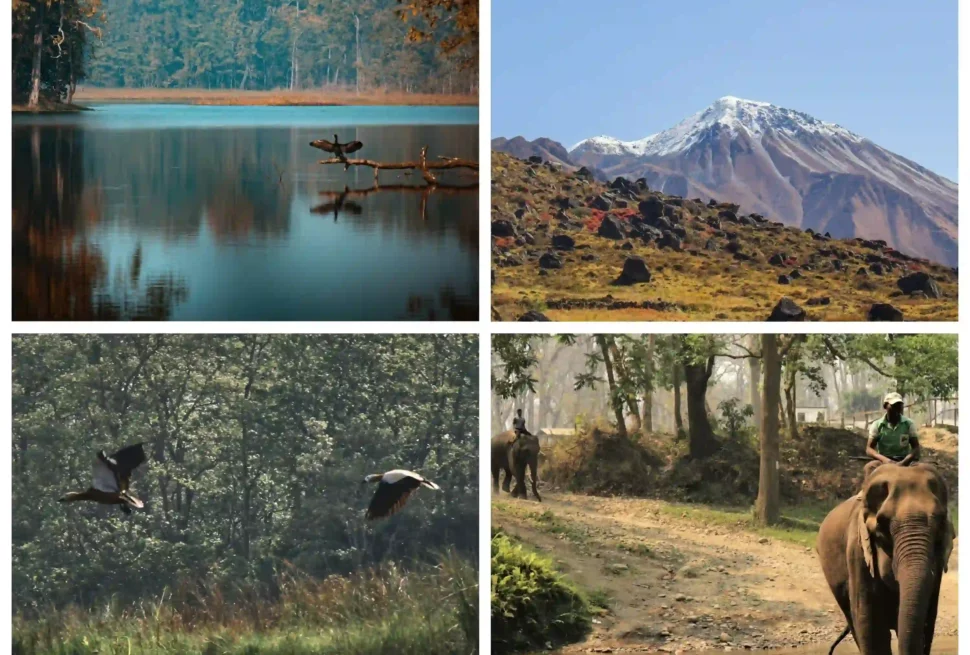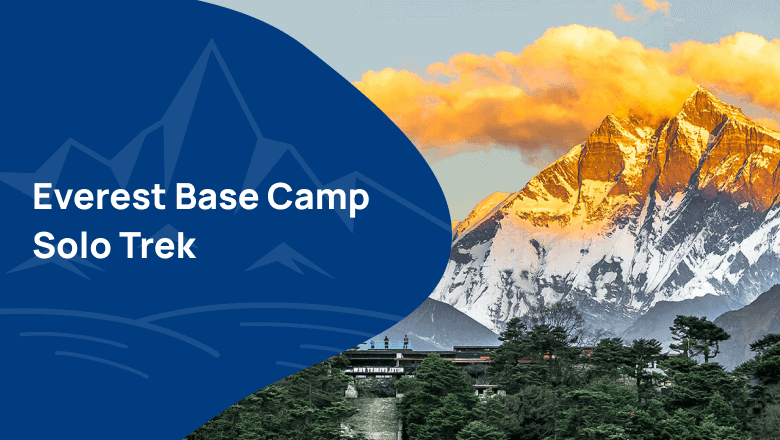Traveling and trekking in the land of Himalayas is the most adventurous and challenging thing for everyone. Before going for trekking it is important to do the homework such as making your itinerary, training, purchasing permits, deciding the important materials for the bag packing, hiring a guide and porter and many more. Packing for your trekking can make or break your whole trip.
It is very important to understand to carry the right equipment, clothing, and other gears while trekking in Nepal. The correct packing list will help you to make your trekking easier and comfortable. Sometimes packing too little or too much can ruin your trip. So, you need to keep in mind to have a balance and essential materials with you.
The packing also depends upon how long or which season you will be trekking. If you are trekking for more than two weeks then you need to pack extra material for the safe side. For example, if you are planning for the Everest Base Camp trek then you need more warm clothes and other extra stuff than Ghorepani Poon Hill trek, as it is a long and difficult trek.
We recommend you to buy your trekking stuff from the major city areas like Kathmandu or Pokhara because the trekking equipment or other material has a reasonable price. If you take the same material in the trail-head or in the higher altitude region will be expensive.
Here are the basic guidelines that could be helpful for you to decide while doing the packing for trekking in Nepal.
Contents
Essentials
Trekking Boots
Trekking boots are recommended as the trail can be quite uneven and rocky. The wrong size trekking boot will impact profoundly on your trek and make you uncomfortable during your whole journey. It is better to avoid leather boots as they are too heavy. Instead, you need to choose a full ankle support boot and as well as waterproof boots.
Sleeping Bag
As nights in the mountain regions or in the high altitude area, it has a cold temperature. The provided blankets of tea houses that may not be enough to protect yourself from the extreme cold. Thus, we recommend you to carry a goose down sleeping bag. Though sleeping bags are not a compulsory material to carry, still it is good to have it.
Rain Jacket
Taking risk isn’t worth it so it is recommended that you carry a waterproof rain jacket whatever season you are planning to trek. You cannot afford to take heavy rain or even showers lightly on your trekking.
Trekking Pants
It is very important to have comfortable trekking pants while doing the trek. Lightweight nylon pants are recommended while trekking. They get dry quickly, provide sun protection and air permeable. You can buy the convertible ones as it can get hot in the afternoons.
Lightweight T-Shirts
You should carry a mixture of a short and long-sleeved t-shirt for your trek. You might need both kinds of t-shirt during the trek. The smart thing you can do is carry lightweight T-shirts so that you can manage the space and weight in your bag. We recommend you to buy a synthetic one, as they dry the moisture from your body more easily than other materials.
Walking Poles
Walking poles are useful to cut the strain on your knees and make your walk more comfortable. It will help you in balancing your footsteps in the steep hills. It gives support to walk in the high altitude areas so that you can have a steady climb. Packing lightweight walking poles that are simple to store, durable, and versatile are recommended for trekking in Nepal.
Sunglasses
We recommend you to carry a good pair of UV protected sunglasses due to the thinness of the air. In high altitudes areas, you will get exposed to high-intensity UV rays, which can be harmful to your eyes. Therefore, to prevent yourself from a headache, snow blindness and dizziness, you need to have UV protection sunglasses.
Water Purification
The water in the mountains is of spring water which is clean and pure. So, we recommend you to carry water purification tablets or drops or a water filter. In this way, you can drink clean natural water and can also save money.
First Aid Kit
Carrying a small first aid kit besides the medication prescribed by your doctor is always useful in every trekking. A pain relief spray, medical tapes, band-aids, may all seem like small things. You will also want moleskin for blisters. Also, make sure you carry all the necessary medication that you can need while on the trek. Don’t forget to keep it in easy places so that you can easily find when in an emergency.
Headlamp with extra batteries
Don’t forget to add your headlamp to your trekking checklist. You will need headlamps in case you are walking in the dark. You also need it in the evenings when you have to go to the restroom at night.
Clothing
Waterproof Pants
Waterproof pants help you to protect your legs from rain, snow, and wind. A good waterproof pant can be useful to walk comfortably in any kind of weather.
Fleece Pullover or Jacket
A fleece jacket is lightweight and made of polyester synthetic wool such as Polar Fleece. Typically, it has a zipper up the middle, rather than buttons. Normally, it is not waterproof, so you can wear it as a second layer for extra warmth.
Hiking Shorts
If you are hiking in the lower region then it might be hot on a sunny day. During these days shorts are cooler than pants and much more comfortable as well. You can use shorts instead of trekking pants during hot days.
Lightweight trekking pants
The pants which are specially made up of nylon are recommended for trekking. These types of pants are air permeable, provides sun protection and easily get dried. Lightweight pants are also comfortable for walking and some of them are waterproof as well.
Waterproof Jacket
Whatever the season, you cannot take the risk of rain lightly when you’re trekking. Waterproof trousers, on the other hand, are only really worth packing if you know you’re trekking in a risky season. Otherwise, regular trousers in a quick-dry fabric are fine. The jackets which are of Gore-Tex or proofed nylon are recommended to buy. The outer layer of this type of jackets protects you from rain, wind, and snow. Trekkers mainly prefer to use this jacket at a higher altitude
Heavy down jacket
Heavy down jackets are best because it has the finest warmth to weight ratio. It has an insulating layer that will keep your body warm and cozy. The jacket is suitable to tolerate the freezing temperature at a higher altitude. It is easy and comfortable to wear as well.
Gloves
There’s nothing worse than trekking with freezing cold hands. Trekking gloves are a worthwhile addition to your trekking wardrobe list. There is a wide variety of gloves warmth and design available in the market. Most people prefer to use lightweight or fleece liner gloves. Likewise, waterproof rain gloves are also important to carry to protect you from the snow or rain.
Snacks
Even if you get meals on a trek, it’s sometimes nice to have a little something to nibble on between stops. You will feel good with plenty of healthy food and also by keeping hydrated. We recommend you to carry some healthy and nutritious light food like chocolate bars, dry fruits, nuts bars. On the trail, you may or may not get the chance to buy the snacks. The snacks packets are easily available in the stores or food-mart in the city area. It is always great to carry some nice snacks like granola bars and chocolate bars to treat yourself while trekking. These treats will help you give that much needed extra kick while trekking.
Optional for Trekking
Photocopies of your passport/documents and extra passport size photo
As being a foreigner you might need your passport photocopies or your important documents, especially while trekking in the restricted areas of Nepal. It is better to have photocopies of documents in hand as you might be needed if you face any kind of activity.
Notebook and Pen
It is a good way to carry at least a notebook and pen in your trekking bag. It might be useful to note down any information you want to keep in your memory, contact number or also to write the place name to remember.
Camp Sandals
You can take camp sandals for evening walks around camp or tea houses. It will also give your feet a rest from your walking boots. Besides, you can use this sandal in camp activities such as taking a shower, a short walk, going to the toilet, etc.
Duct Tape
Duct tape is basically used to fix something instantly. Even for at least temporarily duct tape is useful in the trekking to fix the damage immediately. Since you do not want to increase your weight unnecessarily, do not put the entire roll. You can wrap the amount you think you will need in a stick hard paper.
Personal Supplies
Always take care of yourself wherever you are or whatever you are doing. Especially, while trekking in the foreign land you need to take care of your personal stuff, health and comfort. Here are the list of the basic personal supplies that will remind you to keep in your trekking bag.
Moisturizing skin Cream/ Lip balm
Moisturizing skin lotion and lip balm are necessary as your lips and skin may dry up due to dry mountain air. A good lip balm and moisturizing cream will protect your skin from drying. Your skin and lips may crack or dry to discomfort if you don’t keep them moist.
Medications
If you are taking regular medication or doctor prescribed medicine, then don’t forget to put it in your trekking bag. Also, don’t forget to bring the medicine if you have any allergies.
Face/body wipes
Water is not always available everywhere on the trail so it is better to carry wet wipes to suit some of your sanitary needs. Select for biodegradable ones.
Toiletries
Toiletries are the basic and important things that you should not forget to pack in your bag. Toothbrush, razor, shaving lubricants, hairbrush, shampoo, bar soap, feminine wash are some of the major things that you can’t forget to wrap in your trekking bag.
Hand sanitizer
Always take extra care while you eat. You cannot take the risk of getting sick on the trek.
Also, do not forget to use a hand sanitizer to keep away the germs, which makes you sick.
Sunscreen
Sunscreen or sunblock is a lotion, gel or spray which helps you to protect your skin from sunburn. In the higher elevation, the sun is harsh and you may get skin irritation. It is also compulsory to carry sunglasses with quality lenses and UV protection to protect your eyes from burn and sore. Carry a strong sunscreen or a hat to protect you from the sun.
Water bottle
Buying new mineral water bottles at every trekking route will not be convenient and costly too. Thus, we recommend you to carry a water bottle with you so that you can fill the water and purify and carry it every time with yourself. Drinking plenty of water is a must while trekking. It will prevent you from high altitude sickness. And, plus it is also more environmentally friendly.
Towel
As it is great to start and end the day by washing your face and legs. Thus, quick-drying towels are good in trekking as you can’t spend a long time in the same place to just dry up your towel. The wet wipes work great when you don’t get to take a bath. You should not compromise on your personal hygiene and cleanliness.
What you don’t need to pack
While doing a packing there are some of the stuff that you can just leave at home. The lighter your backpack, the comfortable and easier your trekking will be. Here are some of the lists that you don’t need to bring along.
Unnecessary electronic gadgets
It is not necessary to brigs extra electronic gadgets which will bother you in your trekking. Leave I-pads, tablets at your home. Less is good while doing a trek. Meanwhile, electronics gadgets also don’t work very well on altitude.
Leather materials
Leather clothes and bags don’t work well in the trekking. Try to avoid leather boots or bags as they are too heavy. Even in the rain the leather stuff easily get wet and hard to make it dry.
Jewelry
Jewelry is not the stuff that is needed in the trekking. As you will be living out of your bag, so in this case, you are likely to lose things in the way. So, it’s better not to bring any kind of jewelry in the trek.
Classic Towel
Heavy and big towels will just take your bag space and increase weight. And, they don’t easily get dry. Therefore, carry a small quick-drying towel.
Some Basic Tips to add in your packing list for trekking in Nepal
- Try to make your trekking bag as much as lightweight
- Keep an extra camera or headlamp batteries, memory card, and charger
- Over-packing will ruin whole trekking. So, pack only important and limited items
- Take more layers pieces of clothes if you feel cold
- Always stay well-fed and hydrated
- Don’t rush or panic. If you feel unwell then take rest and medication
- Use dry or waterproof bags to protect your essential materials
- Check the baggage policy of the airlines. They will charge even more for bags over a certain weight
- Make a separate pack to carry your valuable items such as passport, wallet, keys, jewelry, etc.
- Always keep your laptop, passport, and liquids in the handbag
Conclusion
Packing for trekking is far more different than just going on a trip to beaches or some other comfortable vacation. There are so many things that a trekker needs to keep in his/her mind while packing or going for trekking. Trekking in the Himalayan or mountain region is quite risky, difficult and adventurous as well. So, the foremost thing to understand while packing is that you need to pack for comfort. The more comfortable and lightweight you will be the more you can enjoy your trip. It is better to feel comfortable while wearing clothes, carrying goods, having good food and clean water and most importantly keeping yourself safe. When it comes to packing then it’s easy to forget something.
